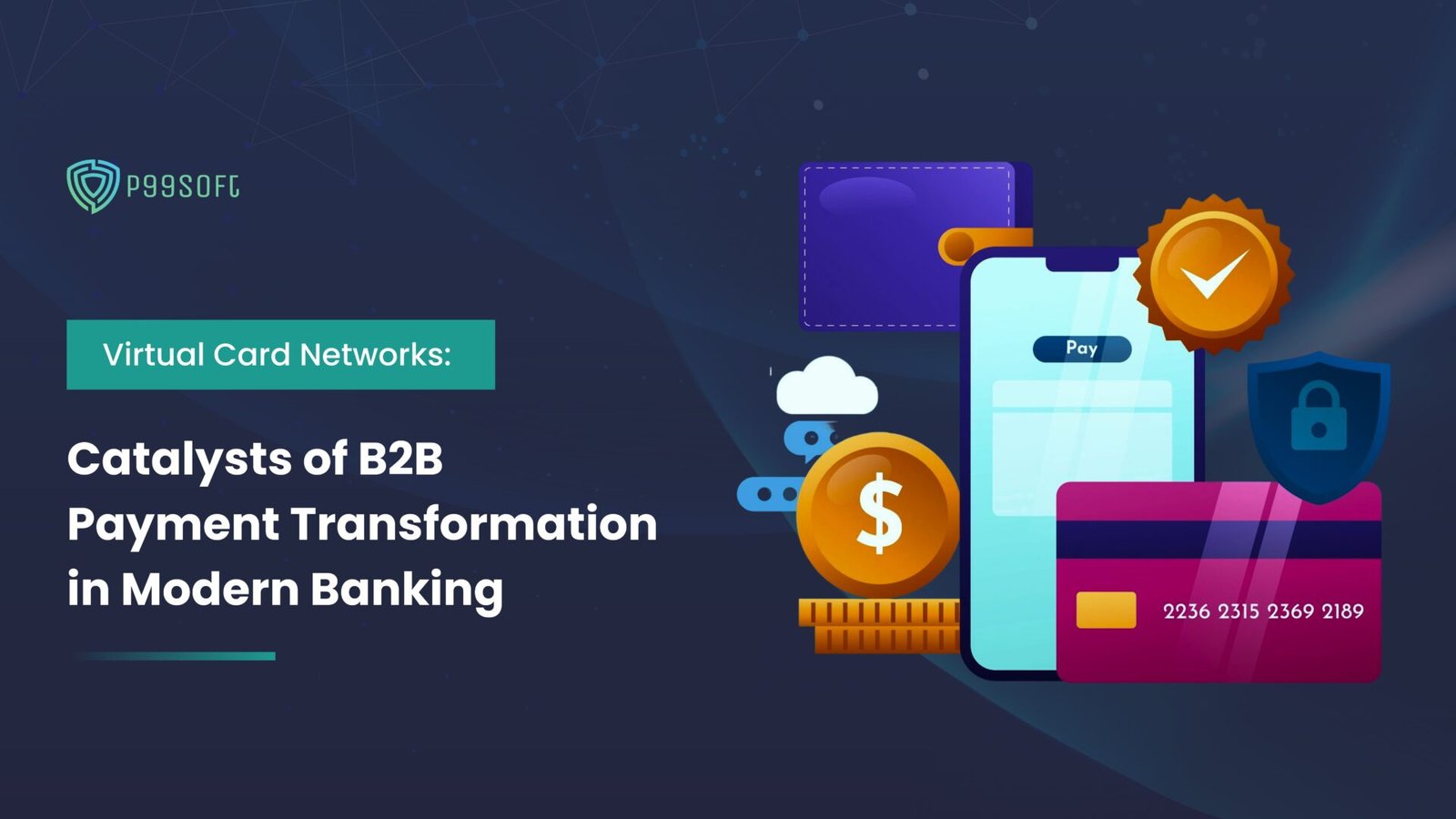Introduction
In the dynamic realm of gaming, cloud gaming infrastructure stands as a beacon of innovation, reshaping the landscape of interactive entertainment. This comprehensive exploration delves into the evolution of cloud gaming infrastructure, shedding light on how IT services have revolutionized the backbone of gaming, enabling seamless, high-quality experiences across devices with minimal latency. From its inception to recent advancements, we embark on a journey through the intricate web of technology that powers the gaming experiences of millions worldwide.
Understanding Cloud Gaming Infrastructure
Cloud gaming infrastructure represents a paradigm shift in the delivery of gaming content, where games are hosted and executed on remote servers, with the video and audio streamed to players’ devices over the internet. Unlike traditional gaming, which relies on local hardware to render graphics and process inputs, cloud gaming leverages powerful server clusters to handle the computational workload, offering players the flexibility to access and play games on a variety of devices, including smartphones, tablets, PCs, and gaming consoles.
The Evolutionary Trajectory
The evolution of cloud gaming infrastructure can be traced back to the early 2000s when pioneering platforms like OnLive and Gaikai introduced the concept of streaming games over the internet. However, it wasn’t until the mid-2010s that cloud gaming gained mainstream traction, driven by advancements in network technology, server hardware, and data compression algorithms. The emergence of platforms like PlayStation Now, GeForce Now, and Google Stadia marked a new era in gaming, where players could access a vast library of titles without the need for expensive hardware upgrades.
The Role of IT Services in Revolutionizing Cloud Gaming
- Latency Reduction and Performance Optimization: The quest for minimal latency is paramount in cloud gaming, where even a slight delay can disrupt the immersive experience. IT services play a pivotal role in optimizing network infrastructure, deploying content delivery networks (CDNs), and leveraging edge computing to minimize latency and ensure smooth gameplay. Recent statistics from Akamai Technologies reveal that CDN usage surged by 30% in 2021, underscoring the critical role of CDN providers in enhancing gaming performance.
- Cross-Platform Compatibility and Seamless Integration: With the proliferation of gaming devices and operating systems, achieving cross-platform compatibility is essential for cloud gaming platforms. IT services facilitate seamlesas integration through platform-agnostic technologies such as HTML5, WebGL, and WebRTC, enabling players to transition seamlessly between devices without sacrificing performance or user experience. Recent data from StatCounter indicates that mobile gaming accounted for 45% of global gaming revenue in 2021, highlighting the importance of cross-device compatibility in reaching diverse audiences.
- Data Security and Privacy Assurance: In an era of heightened cybersecurity threats, safeguarding user data and privacy is paramount for cloud gaming platforms. IT services employ robust encryption protocols, multi-factor authentication mechanisms, and proactive threat detection systems to protect sensitive information and thwart malicious attacks. According to a report by McAfee, cyberattacks targeting the gaming industry increased by 340% in 2021, underscoring the need for robust security measures to mitigate risks and safeguard player data.
- Scalability and Resource Management: Scalability lies at the heart of cloud gaming infrastructure, enabling platforms to accommodate growing user bases and fluctuating demand. IT services leverage cloud computing technologies, containerization, and auto-scaling mechanisms to dynamically allocate resources and optimize performance based on real-time metrics. Recent findings from Gartner indicate that global spending on cloud infrastructure services surged by 33% in 2021, reflecting the growing demand for scalable and resilient cloud solutions in the gaming industry.
Challenges and Opportunities
While cloud gaming infrastructure holds immense promise, it also faces several challenges, including network congestion, data privacy concerns, regulatory compliance, and infrastructure costs. However, these challenges also present opportunities for innovation and collaboration, driving the development of new technologies and solutions to address emerging needs and enhance the gaming experience for players worldwide.
Conclusion
In conclusion, the evolution of cloud gaming infrastructure represents a monumental leap forward in the gaming industry, offering unprecedented levels of accessibility, performance, and scalability. The integration of IT services lies at the heart of this transformation, empowering players to enjoy immersive gaming experiences across devices with minimal latency. As technology continues to evolve and consumer demands evolve, cloud gaming infrastructure will remain at the forefront of innovation, shaping the future of gaming experiences for generations to come.
Engagement and Call to Action
Are you ready to embrace the future of gaming? Join us in exploring the limitless possibilities of cloud gaming infrastructure and unlocking new dimensions of interactive entertainment. Your feedback and contributions are invaluable to us as we continue to push the boundaries of gaming innovation and redefine the way we play. Together, let’s shape the future of gaming experiences.




